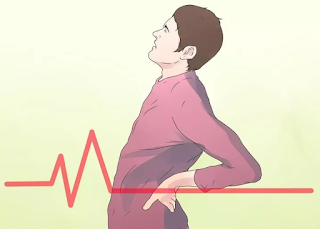How to Detect Symptoms of Avascular Necrosis
Avascular necrosis is a condition in which blood supply to the bone is lost leading to bone cell death, collapse, bone destruction, and may even lead to eventual joint dysfunction. The hip is the most common site of avascular necrosis, though it can attack any bone or joint. The only real symptom is pain. While avascular necrosis doesn't seem threatening from the outset, if left untreated, it can become very serious – in fact, at the first sign of bone pain, you should visit your doctor. However, starting with Step 1 below, you can detect the symptoms and put a stop to it before serious treatment is necessary.
Know that stabbing, shooting pain is the only major symptom. As the bone or joint is breaking down, it will manifest as sharp pains that are often described as stabbing, shooting, tearing or piercing. If you have AVN in your hip, this pain will be more focused in the groin, thigh and buttocks.
Know you'll feel more pain if you put weight or pressure on the bone. And as the condition progresses or gets worse, pain may occur even if you are lying down or resting. With pressure on the bone or joint, you may also experience stiffness and muscle spasms.
· Severe pain is described as such when it interferes or limits your joint function or activity. This, unfortunately, means this joint is already collapsing or breaking down.
Know that the pain will only get worse if left untreated. The progression of AVN may take months to a year. The pain may intensify from mild to severe if it is left untreated. There is no way to determine how often the pain will occur. The only thing you can expect is more pain more often if you continue to do things involving the damaged area.
· Stiffness and muscle spasms, too, will likely occur more often as the muscles from the damaged area lose support from the bones. The veins in the muscles, for the record, are highly affected as well because of decreased blood flow.

评论
发表评论